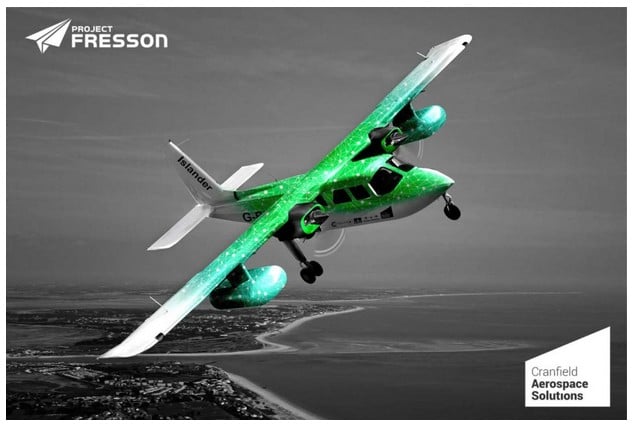RobDickinson:
So basically 2 cylindrical cells in an aero shaped cover.
Yep - but just pointing out that Project Fresson was able to abandon their initial battery powered retrofit plans for the Islander, and consider Hydrogen fuel-cell, mainly because Innovatus was able to spec pylon mounted H2 tanks that would meet the environmental, regulatory and operational requirements for this size of the aircraft.
Their Hydrogen storage system, rather than being some slap-dash add on, is key - along with Ricardo's fuel cell systems and controller - to getting the project off the ground (pun intended).
Innovatus Technologies Ltd's ShyFT (Scottish Hydrogen Fuel Tank) is - they claim - an engineered composite high-pressure vessel for gaseous hydrogen. It's a multi-chamber design, that can conform to applications where simple, cylindrical shapes simply aren’t practical. And with it, the company boasts having the world’s highest gravimetric storage density, of 10%. They also claim their tank is 25% lighter and has a 20% lower cost than competing tanks.
There are other early stage H2 fuel cell aircraft projects also looking at using Innovatus tanks, so just pointing out that rather than 'whoever designed that hasn't thought about it much at all' - their tank design's the culmination of a decade of research and millions of dollars of investment..



